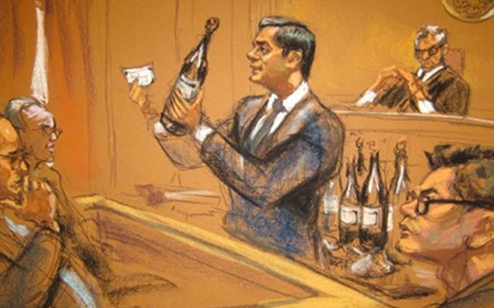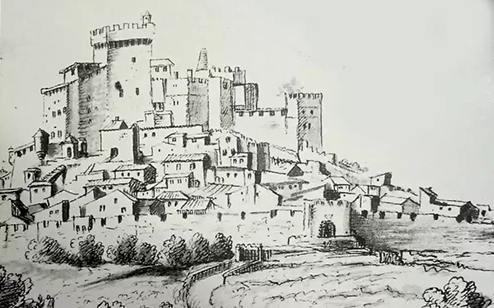The Rodenstock-Jefferson affair : when the myth cracks
Par Nolwenn Quiot-Ducarre
🔎 Over time, several scientific and judicial investigations have challenged the narrative. In particular, it has been discovered that some of the ‘Th. J.’ engravings were made using modern tools — including an electric grinder and a flexible drill — which were impossible to use in the 18th century. This type of analysis pits supporters of the discovery against sceptics.
William Koch, an American collector, played a central role: he purchased several of these bottles attributed to Thomas Jefferson, then filed a lawsuit for fraud, arguing that the bottles had been sold as authentic when they probably were not. His investigation called on glass experts, historians and a nuclear physicist to date the components. Analyses show that some bottles contain wine whose isotope traces (e.g. carbon-14/radiocarbon) suggest that at least part of the wine dates from after 1945, which would contradict its claimed 18th-century origin.
A legal issue has also come to light: in 2006, a German court recognised that wine sold as belonging to Jefferson had been ‘adulterated or knowingly offered as adulterated’. Experts gathered evidence that Rodenstock had used or had inscriptions engraved by local craftsmen to make modern bottles look very old.
🍷 The ‘Jefferson bottles’ affair illustrates two powerful realities in the world of wine: that of prestige and historical fascination, and that of the risks of fraud, deception and illusion. It reminds us of the importance of traceability, authenticity and scientific analysis processes. For wine lovers, it is an invitation to curiosity, but also to caution: in wine, as in history, the marvellous sometimes rubs shoulders with doubt.
To know more :


